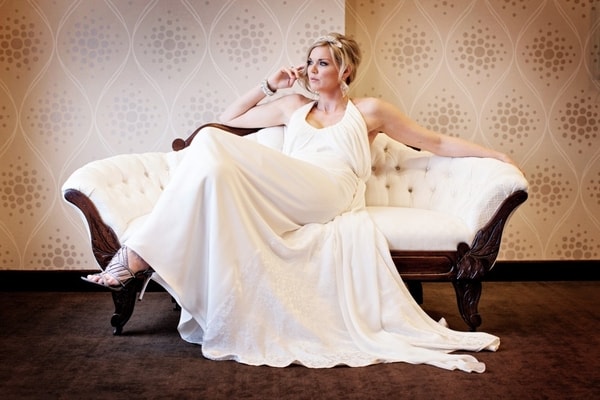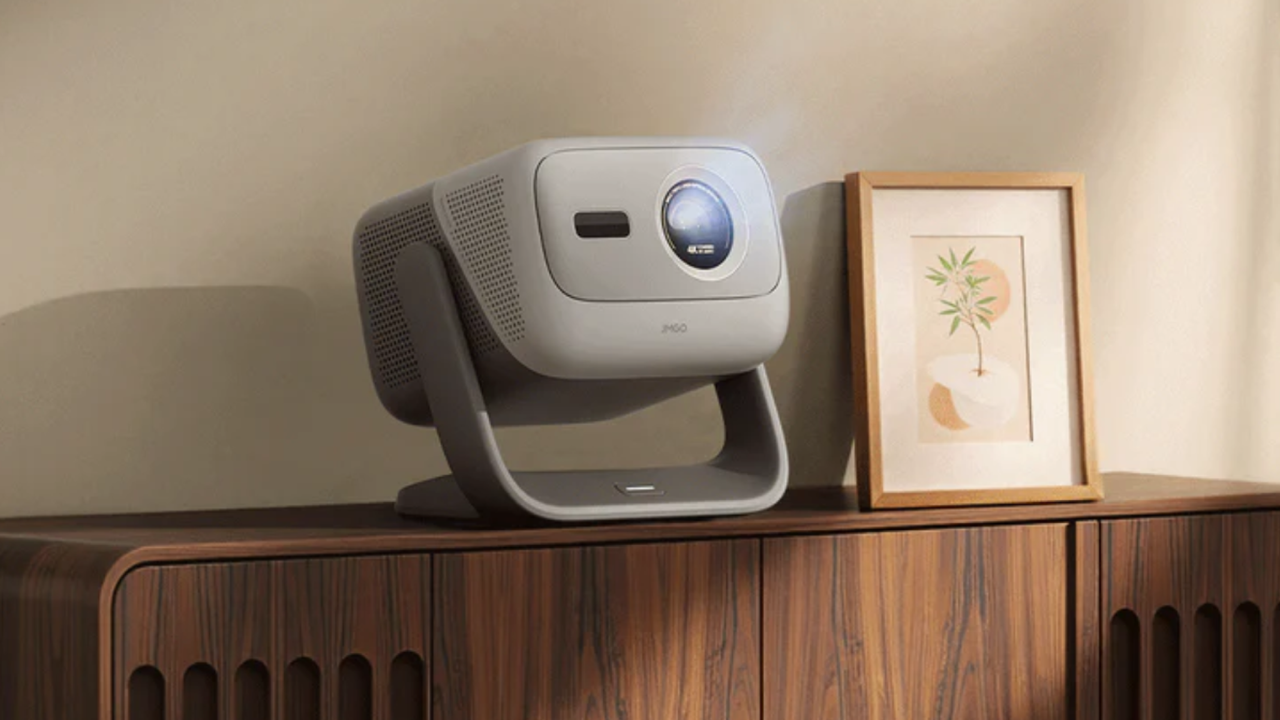
Our lives are busy. It can feel like we’re running from place to place, trying to get things done. It’s no different if you’re a photographer. You often have to shoot photo sessions in unimpressive locations. It goes with the territory when shooting on the go, and outside of your studio. What’s great is that there are options to help you transform boring locations into beautiful backdrops. It’s easier than you think. Simple light modifications and quick edits can mean the difference between average imagery and creative imagery that will impress your clients.
In-camera transformations like the one below will amaze your clients giving them a story and an experience to share freely with their friends and family. In addition, for the client, it creates a secure sense of confidence and trust in your ability to create incredible pieces of art, regardless of the situation.

Dial in Your Ambient Exposure
The first step for any scene when adding flash is to set the ambient exposure. An easy way to do this is to switch to live view on your camera so that you can see the exposure change as you adjust the shutter speed, ISO and aperture. Deciding how much ambient light to preserve will depend on how unsightly the background is, and whether or not there are details worth keeping such as an interesting texture.

While this room looks pretty horrible when brightly exposed, with a warm underexposed image, we can see the beautiful dark tones and texture in the background.

Control Light Spill and Colour with Modifiers
In this image, the underexposure is what is making the background look interesting. An unmodified flash will take you back to square one as it will fill the room and background with unwanted light. Control light spill with a grid or snoot in order to place the light exactly where you need it. In the above example, a grid was used to minimize light spill and keep the light concentrated on the subject. Light colour was modified by adding a CTO to match the tungsten lights in the conference room.

Start with One Main Light
Another way to control the light in a scene is to add only one light at a time. It’s difficult to know what lights are doing what when you try to add 2 or 3 lights at a time to a scene. With the ambient exposure dialed you should set up the main light first and then make adjustments as needed. To create a more natural look, try directing the light top down. Bottom-up light can cast unflattering shadows on your subjects’ face.

Modify the Main Light for Specific Light Quality
There’s no such thing as the right light quality. From diffused versus specular lighting, to soft versus hard lighting. Everything has a place and a purpose. In the above example, they are aiming for a soft and flattering image for this bridal portrait. Therefore, you will want to soften and diffuse the main light. When shooting weddings and portraits on the go, it’s difficult to carry and setup softboxes or complex modifiers. There also isn’t the time. Here’s a little trick that you can use to create an on the go softbox with a grid and a simple scrim, using a 5-in-1 reflector.
Place the scrim between the flash and the subject. The grid will control the light from spilling outside the edges of the scrim when it fires. This, in essence, creates a softbox because you have directed the light to only hit the scrim, which then diffuses the light onto our subject.

Add a Second/Rim Light if Needed and Modify Accordingly
You may not always want to or even need to add a second light. But they might help you to separate your subject from the background and help define a subject’s form and features. The above photo shows the image after basic Lightroom processing (left). After making two simple selections and using Content-Aware Fill in Photoshop, you can remove the background lines (right).

Consider Adding Special Effects to Conceal or Enhance
Some special effects tools, such as small LED lights can work in two ways. 1) They can be used to conceal unwanted elements in an unsightly location, or 2) they can enhance the look of an otherwise so-so scene.
Hopefully, these simple tips will make a difference with your next photo shoot.



